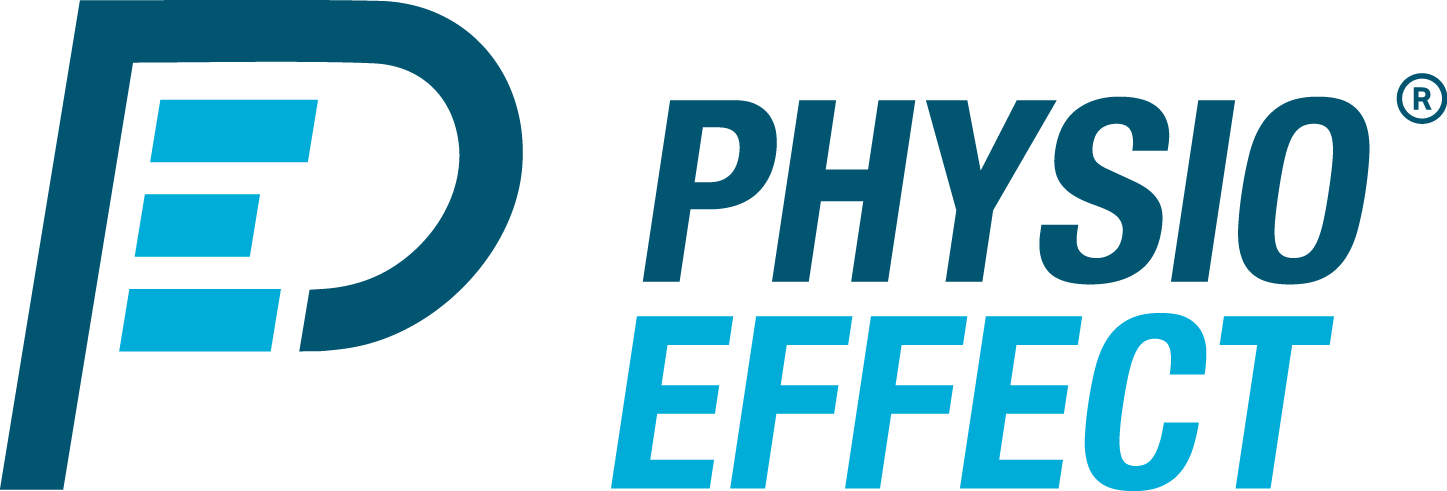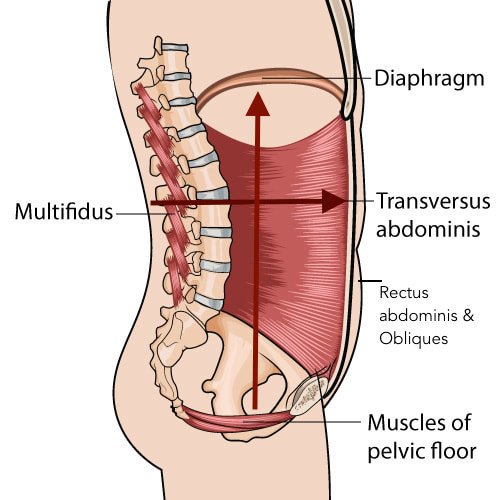The Core
Written by Jenny Devlin, MSK Physiotherapist and Specialist Women’s Health Physiotherapist at Physio Effect
The Core
What do you think of when you hear the word ‘core’?
For most people, they think of the rectus abdominis muscles, or the “six pack muscles”, but the core is so much more than that!
The core is actually a full canister that comprises a top, bottom, front and back. Respectively, these are:
The diaphragm
The pelvic floor
The transversus abdominis (deep stomach muscles)
The multifidus (deep back muscles)
Abdominal canister illustration courtesy of ‘The Wellness Blog for Women.’
These muscles work all the time to hold us upright and provide a base from which other muscles can operate. People will often tell us they ‘have no core’ which simply can’t be true or they would be a floppy noodle! What they mean is that they have forgotten how to tune in to activate their core and the good news is that this can be trained.
Our core canister houses our fluid and organs and is responsible for controlling pressure within the system, namely intra-abdominal pressure (IAP). IAP helps our ribs and spine stay in place and is the central mechanism from which we produce strength and stability. Since the muscles surround the canister, they are in prime position to help to control the pressure. IAP changes to match the task we are looking to perform and without a strong inner unit, it is challenging to keep our bodies moving and functioning effectively.
At Physio Effect we can offer you a path back to exercise safely after pregnancy.
Why do i have weakness in my core?
There are many things which can contribute to the core functioning less optimally - it could be the way you train or perform your sport, from being overweight or just a lack of body awareness of how to engage the correct muscles. In particular, pregnancy can lead to dysfunction as the muscles have been stretched out over nine months to accommodate the baby and then afterwards we often just hope they will go back to doing what they did before. Strength and coordination often need to be retrained and, while traditional abdominal exercises are great, it is important to ensure we have the deep core muscles working efficiently before we layer on the larger muscle groups. When we don’t have good core control, it can lead to injuries anywhere in the body such as the low back or the shoulder.
It is normal to have a diastasis rectus abdominus (abdominal separation) following pregnancy but when the pressure is not well controlled, we see doming at the linea alba (midline connective tissue). If we can work to control the IAP with the core muscles, we can minimise this doming and increase overall strength and performance since we are not losing pressure at our core canister.
Illustration of Abdominal Separation courtesy of Cleveland Clinic.
What can I do to strengthen my core?
It is important to spend time connecting to the core and learning how to coordinate the breath, pelvic floor and deep abdominal and low back muscles before adding more challenging exercises to your program. Our physiotherapists can provide you with some targeted core exercises that are specific to your needs. You could also consider our Clinical Pilates, Pregnancy Pilates or Postpartum Pilates Classes to strengthen your core.
To find out more, give us a call or book in online.



